Vuelta a Espana rumoured to return to more traditional route in 2019
Fewer tough uphill finishes, more set-piece mountain stages on the cards at Wednesday presentation
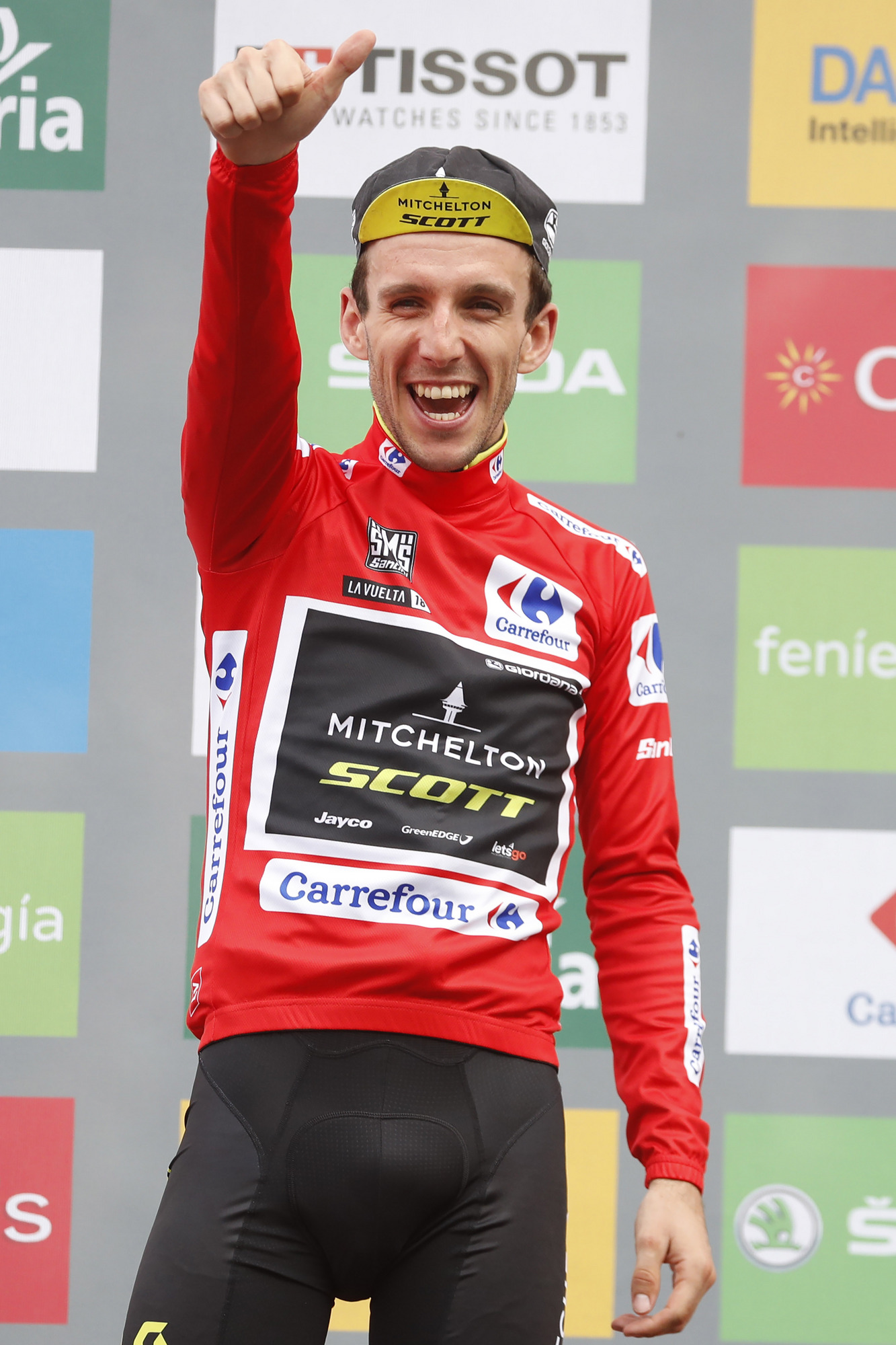
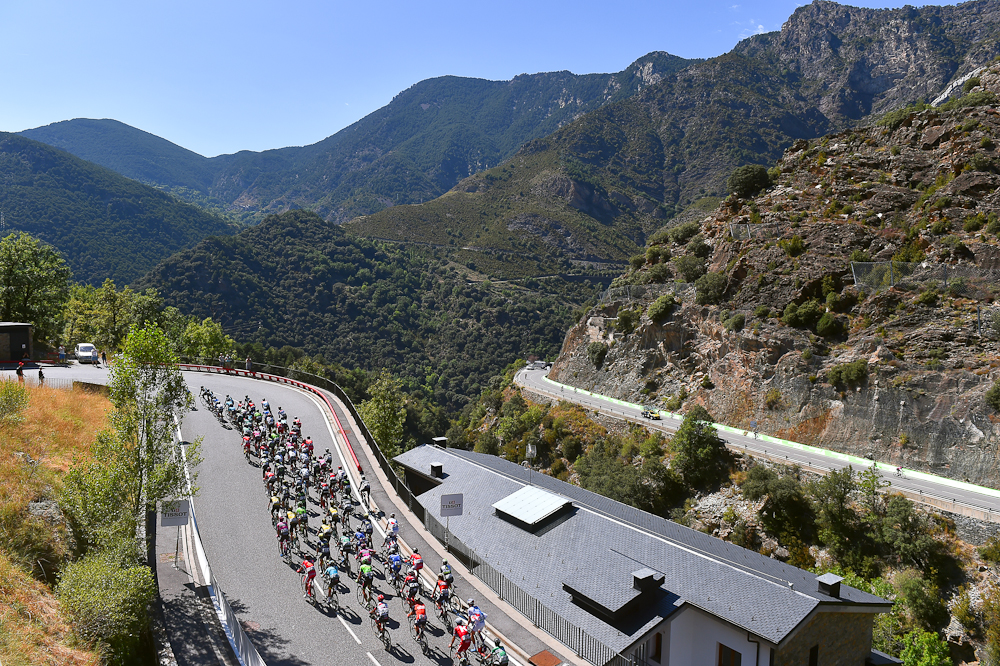
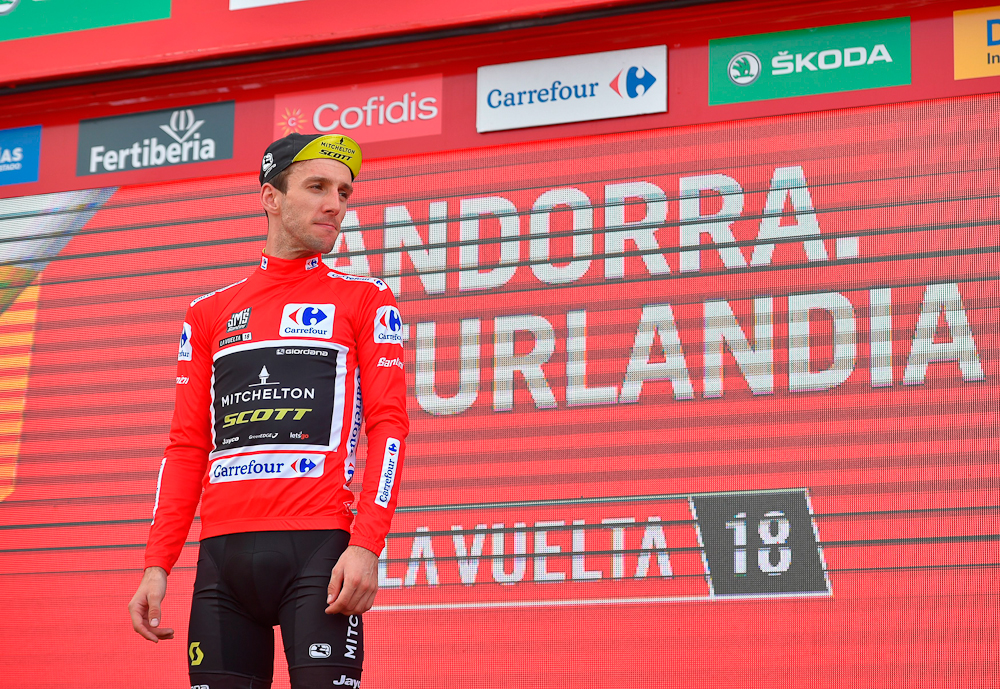
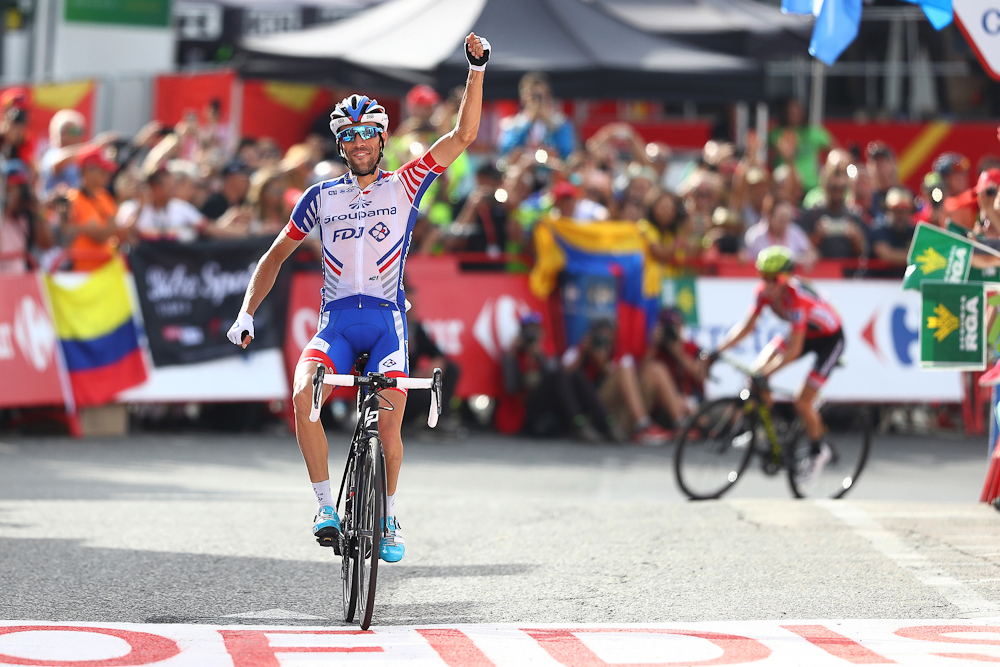
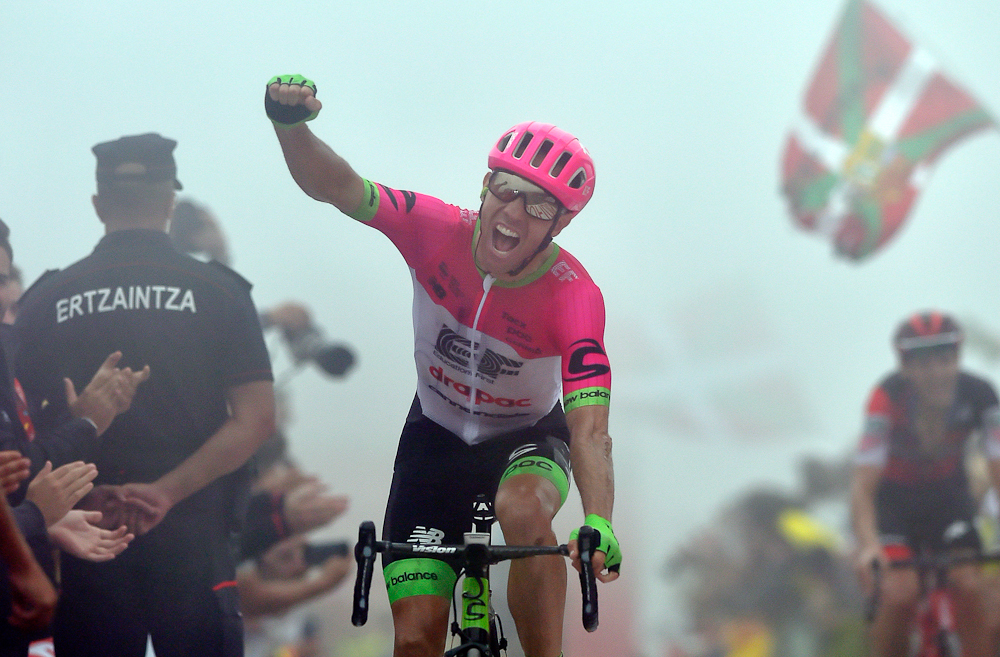
The Vuelta a España 2019 route will be revealed this Wednesday evening in the southeasterly coastal city of Alicante and there are rumours that the third Grand Tour of the season could be reverting to a more traditional format. But there is no indication that it will be any less mountainous, with stages in the Pyrenees, Asturias and through the Sierras of Avila and Teruel set to make it just as challenging as usual.
Eight summit finishes - the Vuelta’s trademark strategy for creating an open, exciting race - are expected in 2019, two less than in 2016 and one less than in 2017 and 2018. But the continuing slight reduction in numbers is balanced with some tough mountain stages following what is expected to be an opening team time trial around Alicante’s lagoons and saltflats in the province’s coastal town of Torrevieja on August 24.
Media reports suggest that stage 5 could well provide the first major sort-out, courtesy of a summit finish on the unprecedented 12-kilometre ascent of Pico del Buitre - the colourfully named ‘Summit of the Vulture’ - in the sierras of Teruel in inland eastern Spain. This remote, beautiful region, said to have fewer inhabitants per square kilometre than Lapland, was last visited by the Vuelta in 2014 when Colombia’s Winner Anacona dashed ahead of the favourites for victory in the ski station of Valdelinares.
The Vuelta then heads into much more familiar terrain, with another stage finish in Andorra and possibly two big Pyrenean stages likely to round off the first week. The Vuelta will remain outside Spain, it is thought, with a rest day in Pau, France rumoured to be on the cards for the start of the second week, followed by a long individual time trial round the same area.
A return to Spain via Urdax in the province of Navarre on what could be a third Pyrenean stages is predicted, and so, too, is a second-week stage finish in the Basque Country with a sprint finish in Bilbao. But the biggest mountain stages of the second week are all set to be in the northern region of Asturias.
Even if the Angliru, Spain’s toughest single climb in the heart of the Asturias sierras, is likely to be avoided once again, the climbers will not have cause to complain given there are forecast to be three major summit finishes, expected to be held across four stages.
The combination of Asturian finishes on the ultra-steep ascent of los Machucos - where Chris Froome (Sky) suffered badly en route to overall victory in 2017 - the Alto del Acebo, a familiar element in the Vuelta a Asturias but much less so in the Vuelta a España, and the unprecedented, grindingly long ascent of la Cubilla on the border with the province of León, could cause real damage.
Get The Leadout Newsletter
The latest race content, interviews, features, reviews and expert buying guides, direct to your inbox!
Into the third week, and a rest day in the northern city of Burgos is followed by the race’s first return to the sierras around Madrid since the Fabio Aru-Tom Dumoulin duel of 2015. This time round, the final ascent could well be on in the sierras of Avila on the Saturday before a flat run-in to Madrid on Sunday September 15th. All in all, a very tough route is in store, where longer mountain climbs and stages could perhaps play a much bigger role than in previous Vueltas of the last decade. On Wednesday, in any case, the route will be revealed in full.
Alasdair Fotheringham has been reporting on cycling since 1991. He has covered every Tour de France since 1992 bar one, as well as numerous other bike races of all shapes and sizes, ranging from the Olympic Games in 2008 to the now sadly defunct Subida a Urkiola hill climb in Spain. As well as working for Cyclingnews, he has also written for The Independent, The Guardian, ProCycling, The Express and Reuters.
